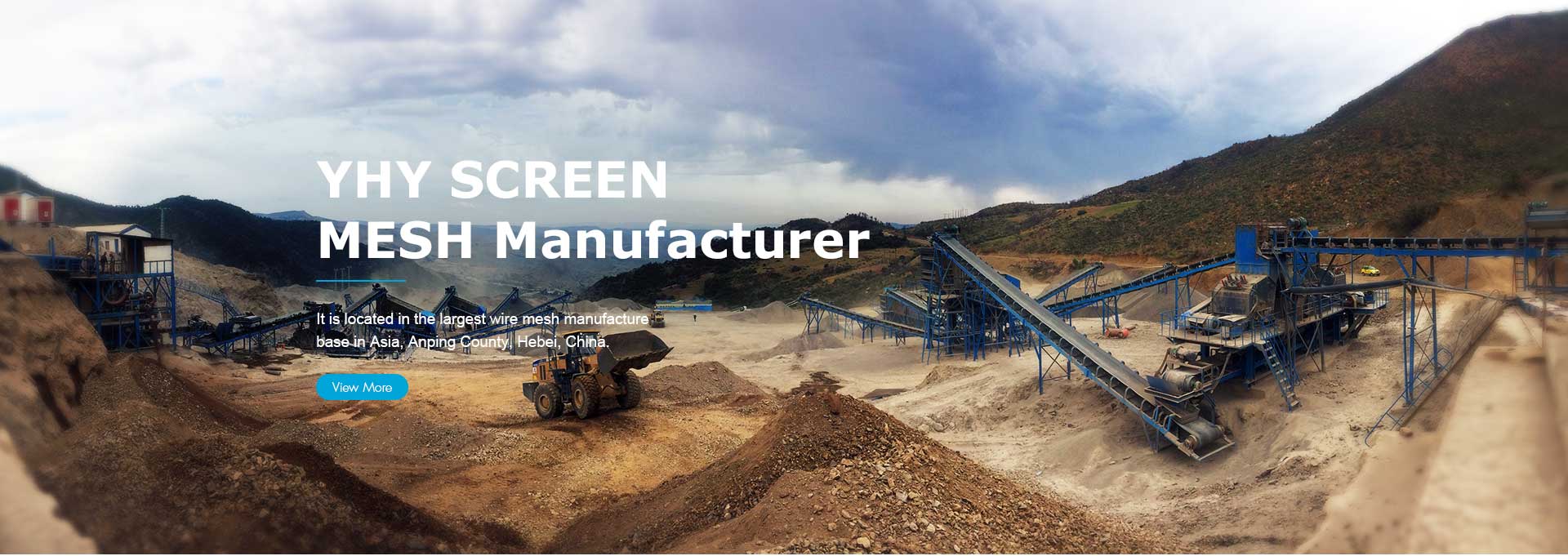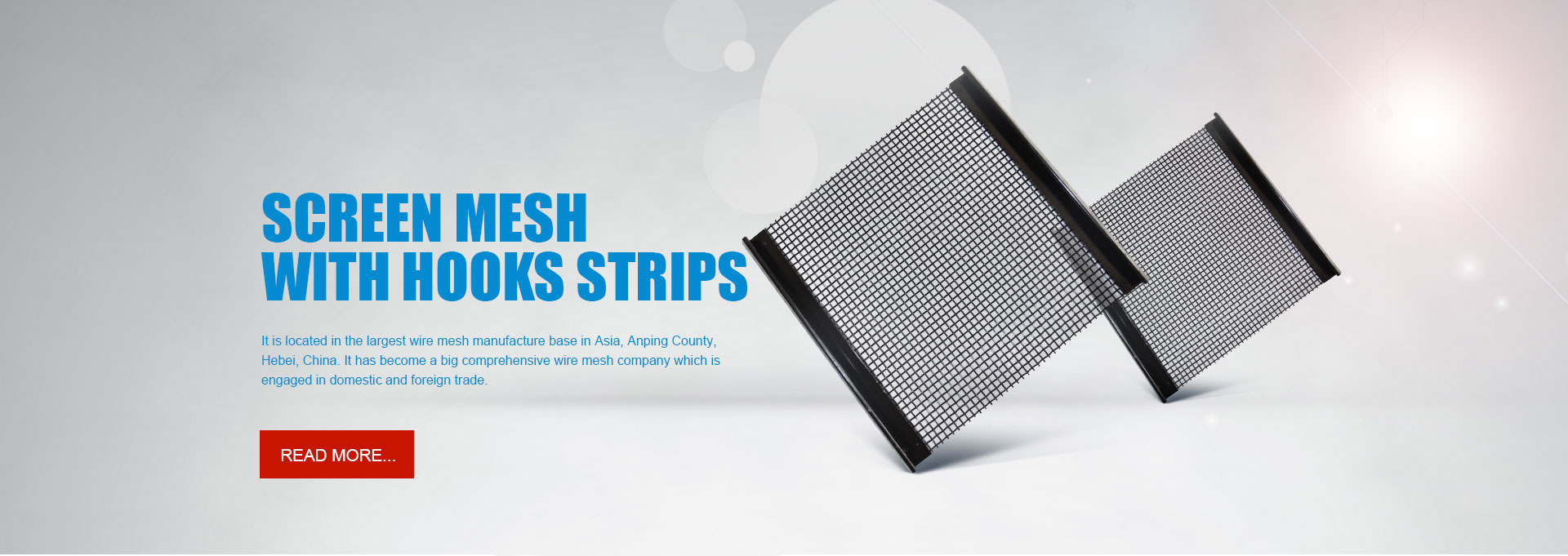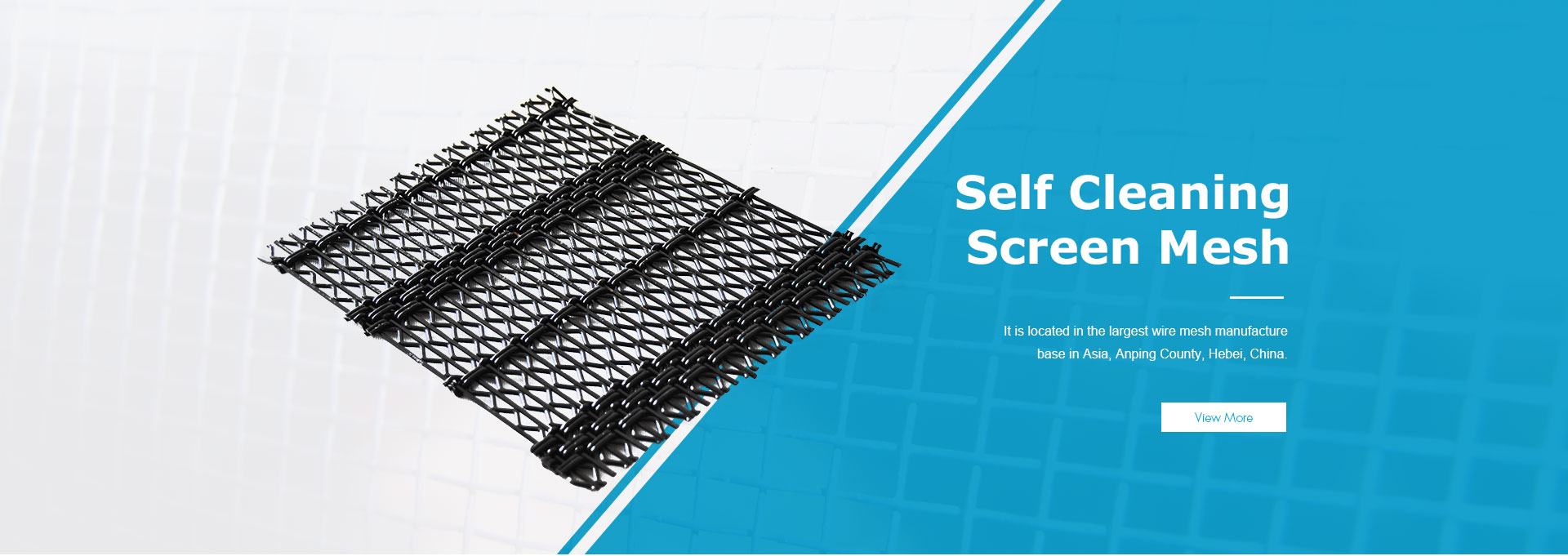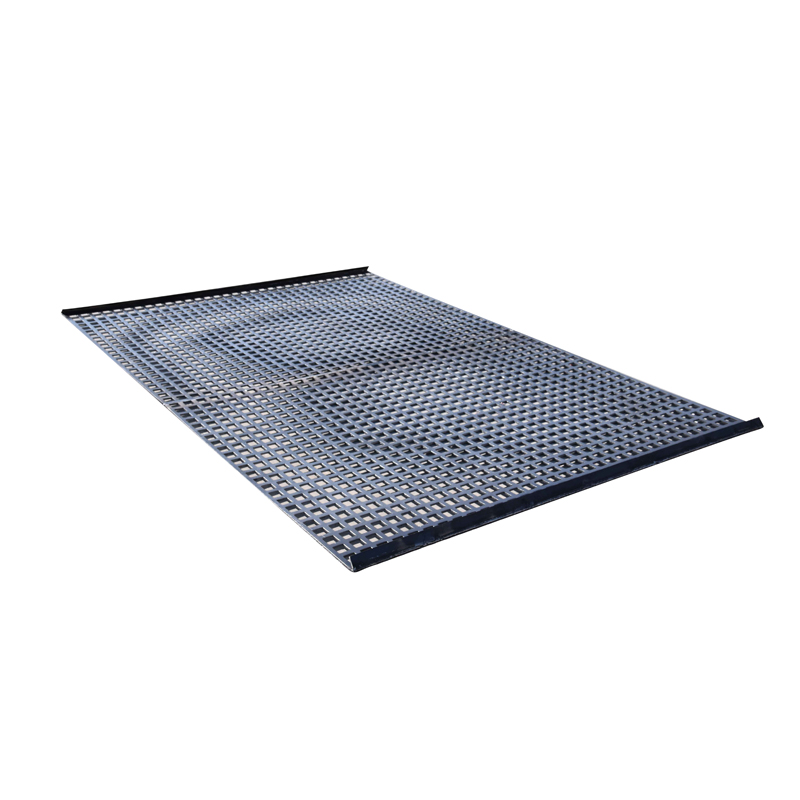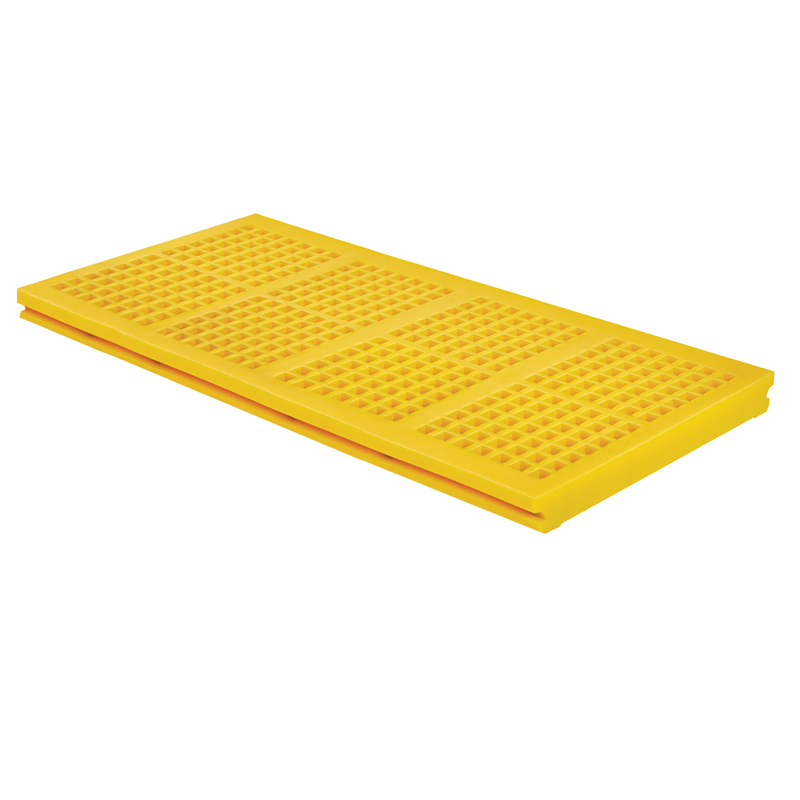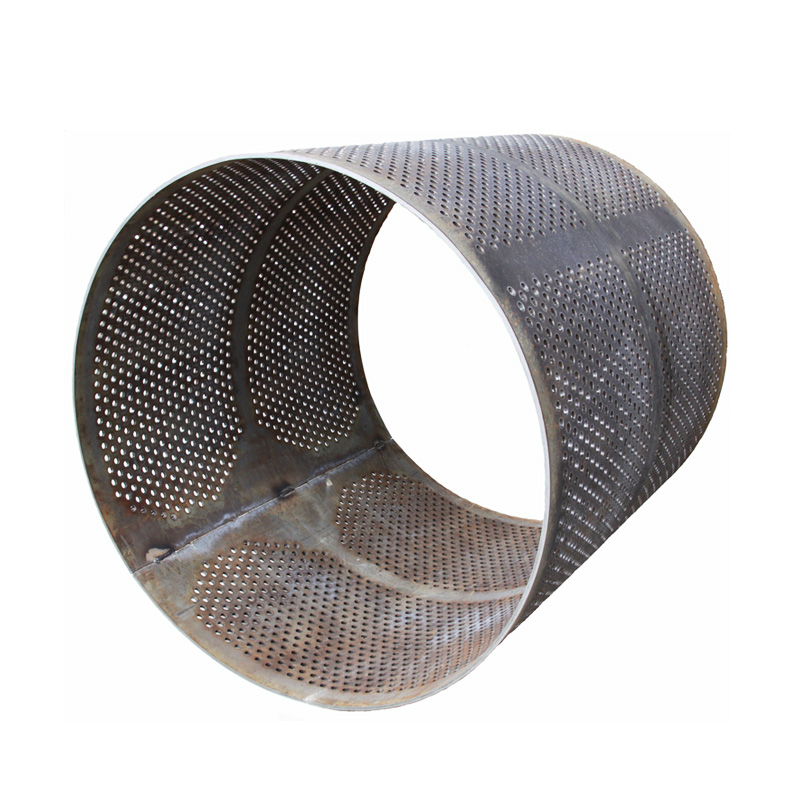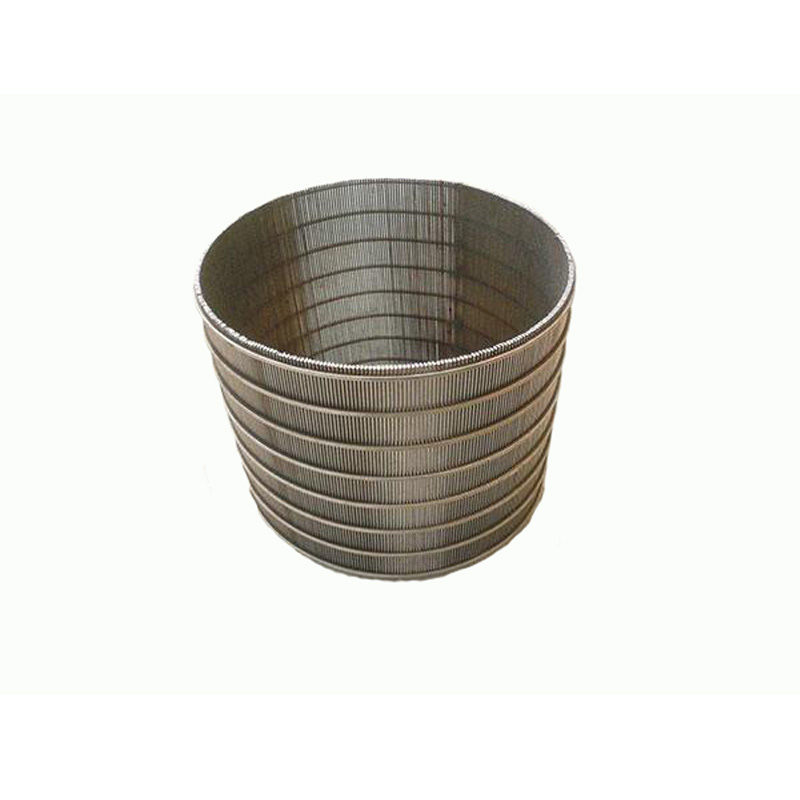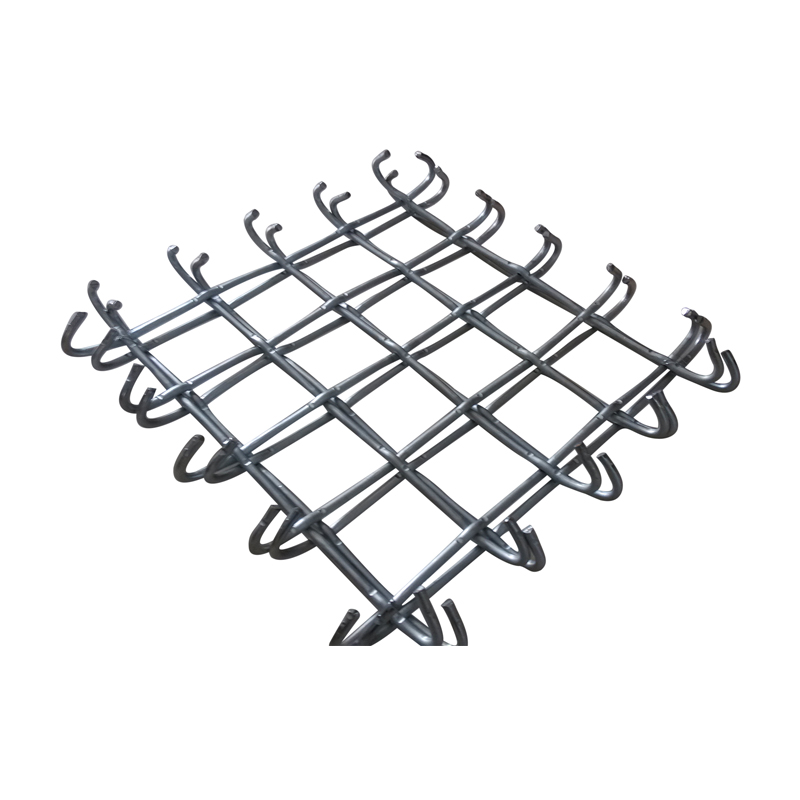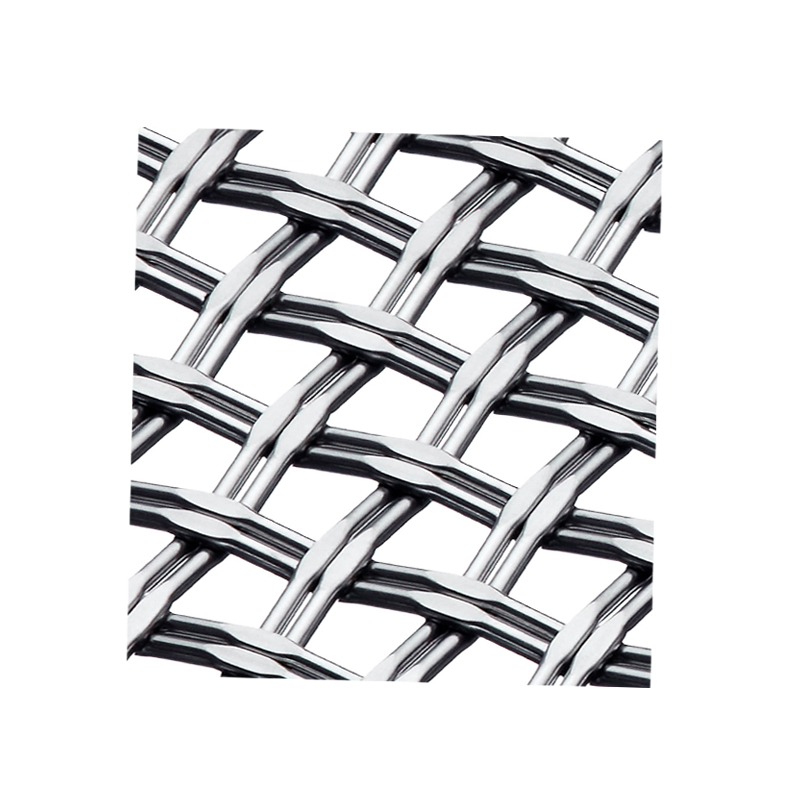Bronze and brass are both commonly seen in our daily use, and these two products are also highly controversial. These two substances are often mistaken for the same material. In fact, there are certain differences between these two materials. So what are the differences between bronze and brass?
1. Bronze structural characteristics
It is true that it is a common copper material in nature, but in the entire use of copper alloy elements, the alloy of copper and tin is called bronze, but this is only a traditional division. The market has long classified copper, tin, zinc, Mixed together, it also contains some nickel elements, which can increase the melting point of the entire bronze and achieve a good mixing ratio effect. Bronze also has many categories, including tin bronze, purple bronze, or other mixed bronze elements, with hundreds of internal elements. Different types of metals have different melting and boiling points, which results in a better and more comprehensive use of copper metal.
2. Brass structural characteristics
Brass mesh is a durable copper mesh. It not only helps in the mixing ratio of the entire copper element element, but also helps in this aspect. Copper wire mesh also has good isolation, protection, filtering and purification effects. For example, in some indoor places, it also has a large application space. At the same time, the copper wire mesh adopts various weaving methods for comprehensive metal mesh weaving to achieve advantages in mesh number, mesh diameter and other aspects.
Common bronze alloy materials, such as various copper meshes, copper plates, alloy copper materials and other products, durable brass products also have certain use value, but the two materials also have the same advantages in terms of appearance and the entire profile product. It has good anti-corrosion and tensile advantages, but brass mesh and bronze are not the same concept. They still have some differences in some components including physical properties.











